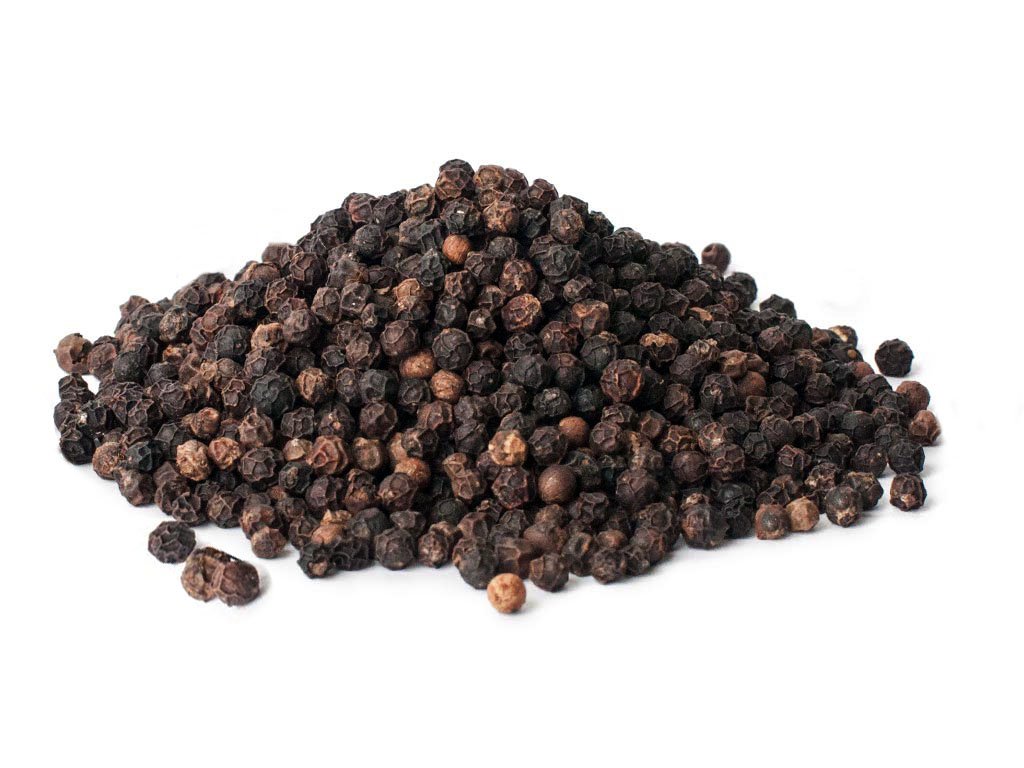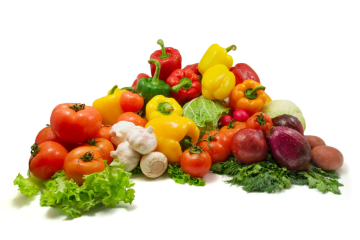(October 2023 re-upload)

BLACK PEPPER: VIETNAM, INDONESIA & BRAZIL
The harvest in Indonesia is over, the overall crop size in this origin continues to decrease. Export volumes until July 2023 were down by 46% YoY. At the current rate, it looks like Indonesia will lose its position as major player in the international pepper trade.
In Brazil, the disparity of availability between sun-dried and machine-dried materials is increasing. While machine dried materials from Espírito Santo and Bahia are readily available, the northern province of Para has seen volumes decline for the past five years and the availability of sun-dried materials produced there is tight.
The first estimates being reported for the ‘23/’24 crop season in Vietnam suggest a 15% smaller crop. The weather conditions over the coming months will be crucial.
Prices in Vietnam and Brazil have been fluctuating within a small bandwidth in recent weeks. Market liquidity in Vietnam is low. In Indonesia, prices have been moving up even through the harvest is at its peak, mainly due to the limited supply.
Demand from China has decreased as consumer spending is down and local prices are still below those in Vietnam.
In India, prices shot up by ~30% since July, as interest in growing pepper has decreased, farmers in Kerala favour cardamom to pepper. Domestic demand remains high.
Long term supply and demand dynamics remain unchanged, with planted acreage decreasing in Vietnam and Indonesia in particular, and no significant relief from other origins expected.

ONION: INDIA, EGYPT, bRAZIL
Recently, India has witnessed a significant uprise in onion prices over the past few months, primarily triggered by unpredictable monsoon rains. In July, the consumer price index soared to 11.5%, prompting the government to impose export restrictions on specific food items. The cost of onions, in particular, has surged notably due to damage to crops and disruptions in the supply chain caused by these erratic rains, resulting in an 80% increase in prices. To stabilize the supply and curb prices, the government has introduced a 40% export tax on fresh onions until December 31. However, concerns persist as the new harvest in Karnataka has also been adversely affected, potentially leading to a rise in domestic onion prices in the upcoming weeks.
Additionally, onion traders in Nashik, Maharashtra, have indefinitely halted auctions in all agriculture produce market committees (APMCs) in the district as a protest against the Indian government’s decision to increase export duty on onions to 40% until December 31. This protest raises concerns about a potential shortage of onions in retail markets and subsequent price hikes. The traders are demanding the cancellation of the export duty, a 50% reduction in market fees, involvement of agricultural cooperatives, and a 50% subsidy in onion transportation.
Egypt has seen a substantial surge in onion exports to the European Union (EU), reaching 128 thousand tons from July 2022 to June 2023. This increase is attributed to a reduced onion crop in the EU due to the previous year’s drought, making Egyptian onions more attractive. Prominent EU importers of Egyptian red onions include Italy, Slovenia, Romania, and Greece, accounting for 45% of Egypt’s total onion exports to the EU. While the Netherlands remains a significant importer of Egyptian onions, its share has diminished compared to previous years.
It’s worth noting that the EU is the world’s largest onion importer, with annual imports ranging from 280 to 380 thousand tons from non-EU countries, Serbian onions are leading the way among European non-EU suppliers, with significant contributions also from India and China. Central Asian countries have faced challenges, resulting in decreased onion exports to the EU, with Uzbekistan becoming a net onion importer due to weather-related issues.
Furthermore, the Egyptian government has imposed a three-month export ban on fresh onions due to soaring prices in the local market. Factors contributing to the price increase include reduced onion acreage, a global onion shortage, and the devaluation of the Egyptian pound. While some exporters are concerned about the impact on their contractual obligations, the government’s decision aims to stabilize domestic onion price.
Ukraine is planning to impose an embargo on the import of onions, tomatoes, cabbage, and apples as a response to a trade dispute with Poland. The Deputy Minister of Economy and Trade made this announcement, citing failed negotiations and a lack of response from the Polish government after Ukraine filed a complaint with the World Trade Organization (WTO). This dispute also extends to additional products such as flour and cereals and follows the European Commission’s cancellation of the ban on Ukrainian grain imports.
Lastly, heavy rainfall, attributed to El Niño, has had adverse effects on onion production in southern Brazil. São José do Norte, in particular, has experienced significant rainfall, with approximately 400 mm in the first half of September. This excessive rainfall has resulted in substantial crop losses, with some growers reporting a 50% reduction in their onion yields.

CARROTS: UKRAINE
The wholesale price of carrots in the Ukrainian market has experienced a significant and unprecedented drop. This substantial decrease can be attributed to the notable increase in carrot cultivation in Ukraine and favourable weather conditions, which have led to a rapid surge in the availability of carrots. The sudden abundance of supply has compelled Ukrainian farmers to sell their carrots at exceptionally low prices.

CLOVES: WORLDWIDE
Comoros: Comoros Cloves offer is the best option currently with competitive price, quality and availability. The crop is very bad this time with low arrival, crop is expected to end in late of Nov.
Madagascar: Madagascar new crop is coming slowly. A good crop is expected this year with more than 20,000 tons.
Indonesia: Indonesia Cloves crop is expected to end in this month. Price in Indonesia is at high level due to the bad crop; however, price has come down a little recently due to availability from Comoros and Madagascar
Sri Lanka: in off-season time with limited offer, new crop will come there in Nov/Dec. And it’s expected as not a good crop this year.

STAR ANISE: VIETNAM
Star Anise market is up due to demand from Chinese. There is mainly Autumn Star Anise available on the market these days, the crop shall finish in this month

GARLIC: CHINA
The prices of Garlic touched low last month in China
Currently the prices are increasing as many Chinese companies and local investors are buying raw material to earn better profits later
It is a good opportunity to cover the demands now to lock good prices and quality . We might see the higher prices and deterioration of quality in first half of next year.

SESAME SEEDS: INDIA
The new crop is expected to arrive in November 2023 . Due to festive season in India and short crop in Nigeria , we expect prices to remain high and may increase further
We recommend covering the demand to avoid increase in prices.

